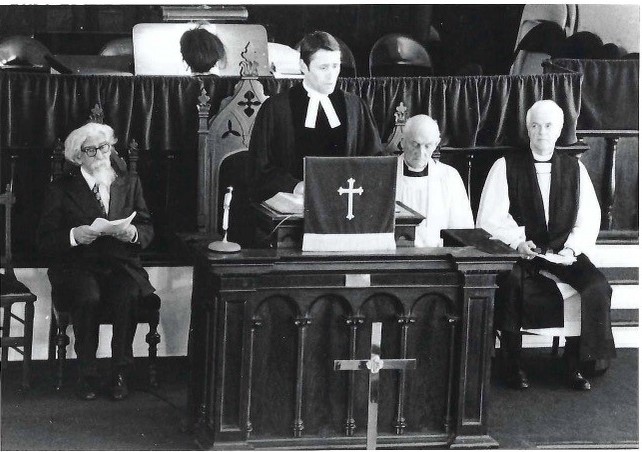Heschel at Reinhold Niebuhr’s Funeral

Heschel gave the eulogy at his friend theologian Reinhold Niebuhr’s funeral in 1971. They had an intense, long-lasting friendship
Additional Text:
Notes on a Friendship: Abraham Joshua Heschel and Reinhold Niebuhr
